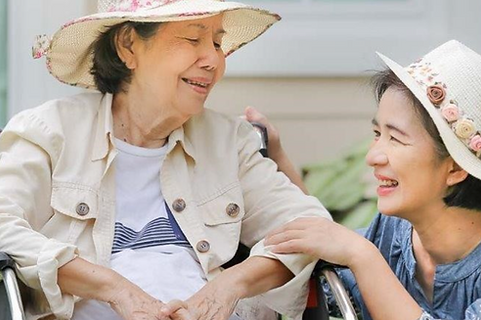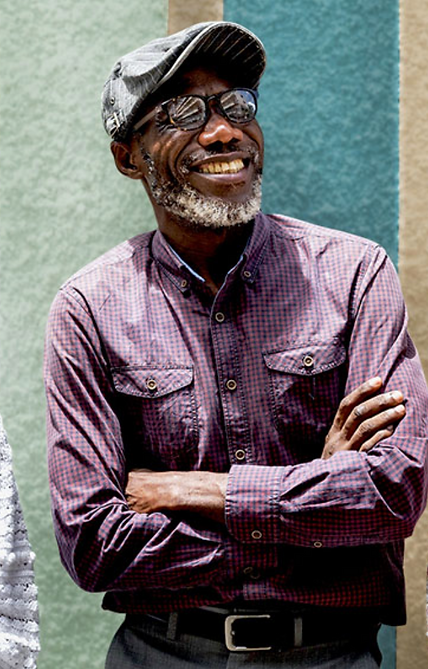The
Challenge
By 2034, there will be more Americans past retirement age than children. The implications are tremendous. It is inevitable that traditional public policies to support older adults will be written to respond to the pressures of this new reality. Will these policies help or hurt the quality of life for older adults?
RRF Foundation for Aging is and has always been quietly visionary. They became one of the first private foundations to focus on aging. They became one of a very few foundations with a history of funding grantees to advocate for policy and systems change. Now, the RRF team is thinking through how to further strengthen its advocacy program for greater impact, particularly in light of these emerging policy opportunities and challenges.
In initial conversations with Rakove and Strassberger, the RRF team was clear that the Foundation wants to increase the impact of its grantmaking. Early in the year, they had taken a critical look at advocacy projects they funded, both those that did brilliantly and those which did not. They wanted to increase the number of proposals which led to policy change and so engaged Rakove and Strassberger to train staff in the art and science of picking strong advocacy proposals.
At the same time, the team was thinking about how RRF as a foundation can take additional steps to help shape public policies that improve the quality of life for older adults. There is great need for strong voices on many different issues pertaining to older adults. A challenge is to develop a process for identifying which of the many advocacy opportunities should be acted on. The process would need to be relatively simple--one that Board and staff can easily use together, and it would need to speak to mission, culture, values, strategic plan, and a range of other questions.
Our
Approach
While we were the experts in advocacy, RRF staff were the experts in grantmaking. Sessions were designed to tap into their expertise. A set of RRF staff members was always the first set of fresh eyes, adding much to the framing of each of the three advocacy training sessions and to the first drafts of the four tools.




GOALS

1
To make sure that all staff are working from the same perspective about the essential elements of advocacy and how these elements work together to create change. We drafted an advocacy logic model to help staff diagram proposals to see where and how the proposals would lead to measurable policy change.
2
To build two advocacy grantmaking tools based on the culture of RRF. One tool focused on new proposals and the second on continuation funding.
3
To begin to build a decision-making tool to use in exploring RRF’s responses to the advocacy opportunities that come to them from their perch in the foundation world.

Impact
Almost immediately staff began using the tools. Their comments:
-
I used the logic model to map out a proposal. It helped me identify questions for the grantees about where they saw their work fitting in the change process and what their plan B was if something didn’t work out.
-
Some people ask us for funding to write a briefing document, a strategic plan, or research. The grantmaker assessment gave me a way to explain why this initiative alone was not compelling enough to warrant funding. To explain what else is needed in the proposal.
-
Going through the grantmaker assessment was a check on my assumptions about the grantee.
-
In considering requests for continuation funding from grantees where there was little concrete evidence of progress towards policy change, the assessment helped me distinguish which proposals are worthy of continuation.
-
Both tools were useful in identifying in hindsight which failures:
-
could have been predicted by taking this approach to assessment or
-
are due to circumstances beyond the control of the grantees (ex: champion loses seat) or
-
are actually not failures but rather an essential beginning to building the influence and ideas needed to continue the fight.
-
-
The decision-making tree helps us think through when it could be appropriate to take a stand, or when other tactics may be more appropriate for our role as funder.


